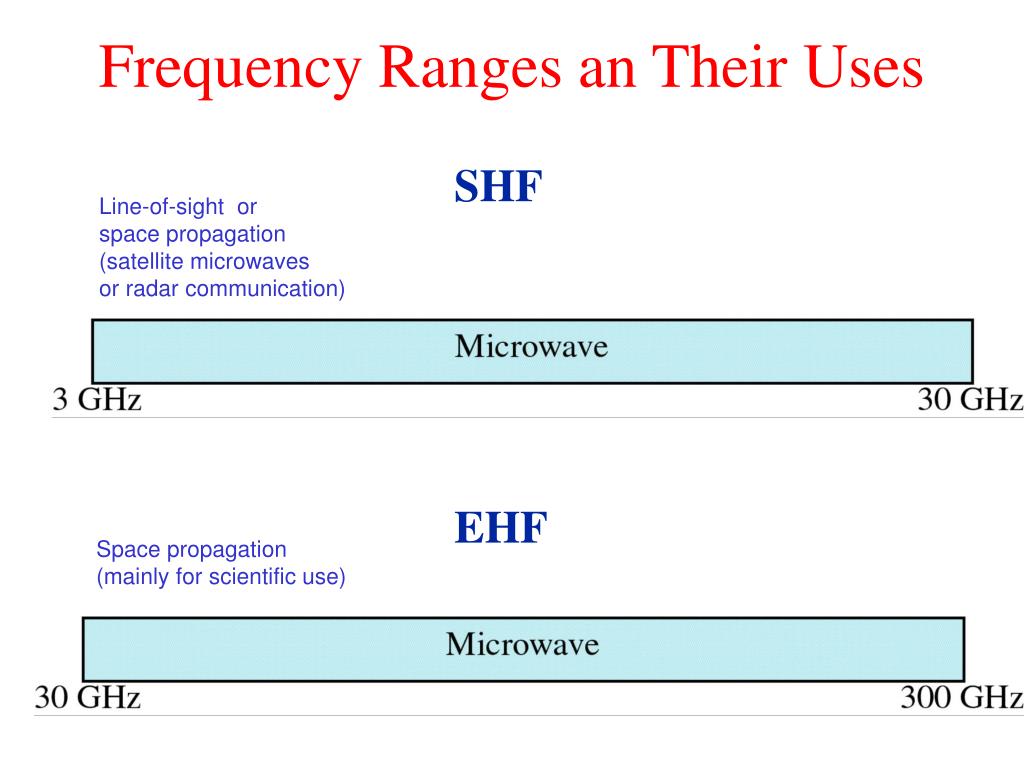
We don't recommend you do it, however, because you might end up placing a direct-to line on your map, leading to confusion about which course you're following to the runway. If you want GPS DME to match traditional DME on an ILS approach, you could type in "Direct IXXX" to get distances that match your approach chart. Localizers have an adjusted course width so the course is 700. If you're flying IFR with an approved GPS, you can use GPS distance to substitute for DME.įor instance, if you're flying on an ILS and the DME for the FAF is 5 miles from the LOC antenna, and you're 2 miles away from the fix, your GPS DME will give you a 2 mile distance to the FAF. The localizer transmits signals on 108.1 MHz, up to and including 111.95 MHz (odd tenths only). mins at 8:08 Add a comment You must log in to answer this question. For comparison, the glide path signal which is not used for voice is modulated at 2x 40. Quote arb65912 Commercial Designer 6.

Thanks to GPS, pilots are using traditional DME less and less. For example: In the ILS, the localizer signals are modulated at 2x 20 only, to allow 50 for voice, regardless the actual use of voice. The ILS system is not working, even when putting in the frequency manually, it does not identify the localizer, and the only way to shoot the approach is to use the GPS. If the equipment is overloaded by too many aircraft, those farthest away may not be able to pick up DME signals at all. Ground-based DME transmitters are also rated to handle roughly 100 aircraft at a time.

DME requires line-of-sight between the aircraft and the ground station, and terrain and distance beyond the horizon will prevent DME from working.


 0 kommentar(er)
0 kommentar(er)
